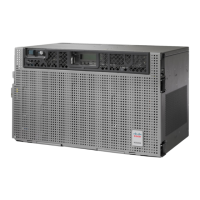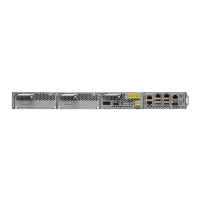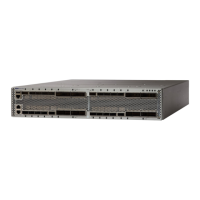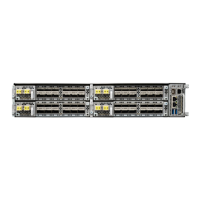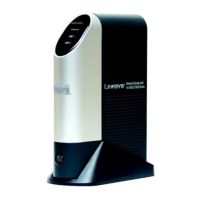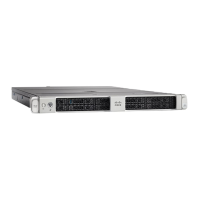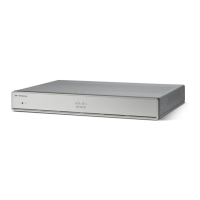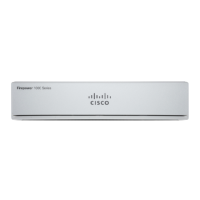FAILTOSW-PATH
Default Severity: Not Alarmed (NA), Non-Service-Affecting (NSA)
Logical Object: STSMON, VT-MON
The Fail to Switch to Protection Path condition occurs when the working circuit does not switch to the
protection circuit on a path protection configuration. Common causes of the FAILTOSW-PATH alarm include
a missing or defective protect port, a lockout set on one of the path protection nodes, or path-level alarms that
would cause a path protection switch to fail including the AIS-P , on page 117 condition, the LOP-P , on page
270 alarm, the SD-P , on page 387 condition, the SF-P , on page 392 condition, and the UNEQ-P , on page 423
alarm.
The SD-L , on page 386 condition, or the SF-L , on page 390 condition can also occur on the failed path.
Clear the FAILTOSW-PATH Condition in a Path Protection Configuration
SUMMARY STEPS
1. Look up and clear the higher-priority alarm. Clearing this alarm frees the standby card and clears the
FAILTOSW-PATH condition. If the AIS-P , on page 117 condition, the LOP-P , on page 270 alarm, the
UNEQ-P , on page 423 alarm, the SF-P , on page 392 condition, the SD-P , on page 387 condition, the SD-L
, on page 386 condition, or the SF-L , on page 390 condition are also occurring on the reporting port,
complete the applicable alarm clearing procedure.
2. If the condition does not clear, replace the active OC-N card that is reporting the higher-priority alarm.
Complete the Physically Replace a Card, on page 453 procedure. Replacing the active OC-N card that is
reporting the higher-priority alarm allows traffic to revert to the active slot. Reverting frees the standby
card, which can then take over traffic from the card reporting the lower-priority alarm and the
FAILTOSW-PATH condition.
DETAILED STEPS
Step 1 Look up and clear the higher-priority alarm. Clearing this alarm frees the standby card and clears the FAILTOSW-PATH
condition. If the AIS-P , on page 117 condition, the LOP-P , on page 270 alarm, the UNEQ-P , on page 423 alarm, the SF-P
, on page 392 condition, the SD-P , on page 387 condition, the SD-L , on page 386 condition, or the SF-L , on page 390
condition are also occurring on the reporting port, complete the applicable alarm clearing procedure.
A higher-priority alarm is an alarm raised on the working electrical card using the 1:N card protection group.
The working DS-N card is reporting an alarm but not reporting a FAILTOSW condition.
Note
Step 2 If the condition does not clear, replace the active OC-N card that is reporting the higher-priority alarm. Complete the
Physically Replace a Card, on page 453 procedure. Replacing the active OC-N card that is reporting the higher-priority
alarm allows traffic to revert to the active slot. Reverting frees the standby card, which can then take over traffic from
the card reporting the lower-priority alarm and the FAILTOSW-PATH condition.
If the condition does not clear, log into the Technical Support Website at http://www.cisco.com/c/en/us/support/index.html
for more information or call Cisco TAC (1 800 553-2447).
Cisco NCS 2000 series Troubleshooting Guide, Release 11.0
192
Alarm Troubleshooting
FAILTOSW-PATH
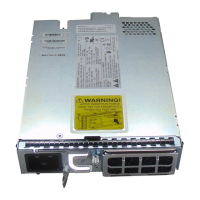
